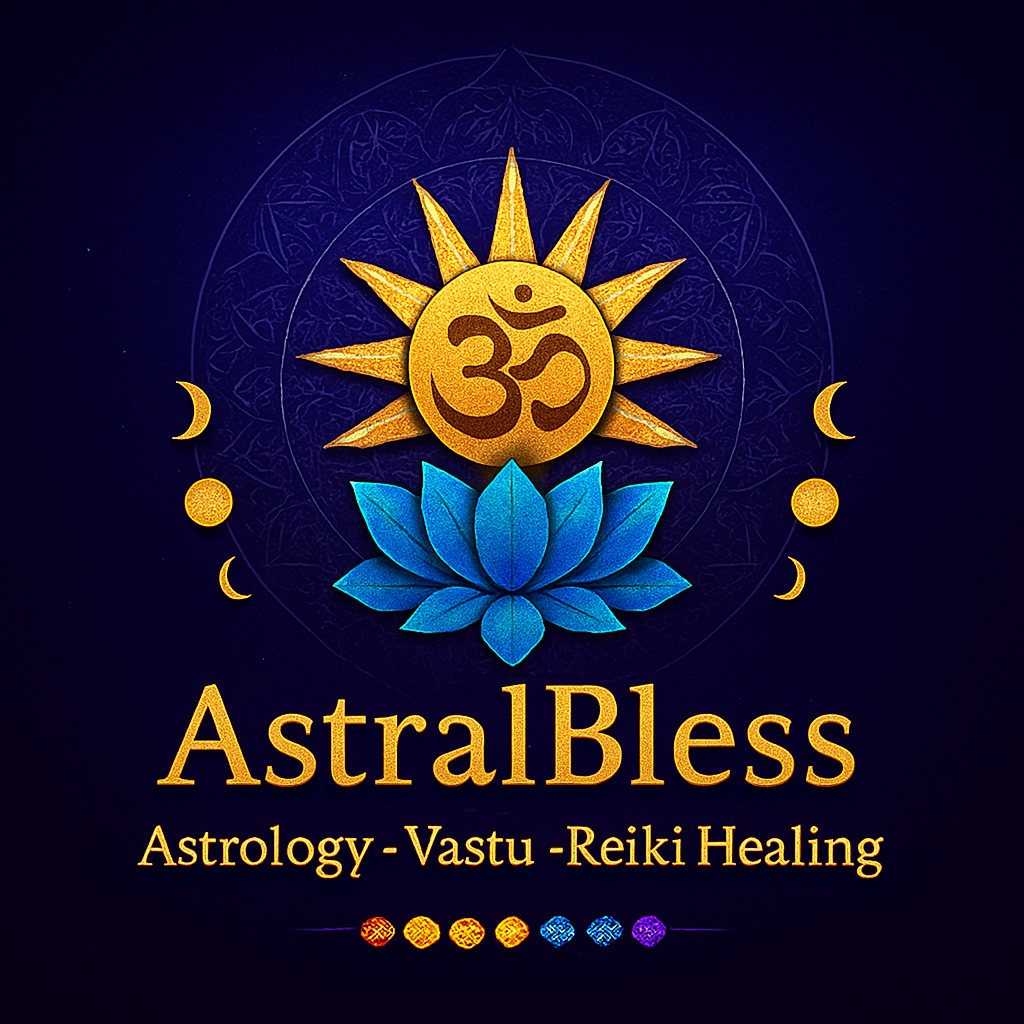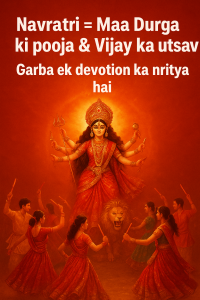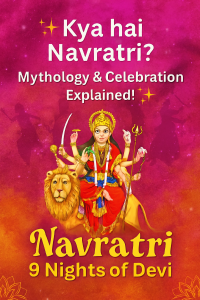The air is electric, filled with the rhythmic beat of the dhol and the vibrant swirl of colorful chaniya cholis. As night falls during the nine days of Navratri, communities across the world come alive, forming concentric circles of dancers moving in unison. This is Garba, the iconic dance that has become synonymous with the festival.
But have you ever stopped to wonder why we dance Garba during Navratri? Is it just a festive tradition, or is there a deeper meaning behind every clap and every step? The answer is a beautiful blend of devotion, symbolism, and celebration that lies at the very heart of what Navratri represents.
Navratri: The Victory of the Divine Mother
First, let’s understand Navratri. The name itself means “nine nights,” and this Hindu festival is dedicated to worshipping the Divine Feminine in her various forms as Goddess Durga, Lakshmi, and Saraswati. It’s a narrative of the epic battle between the goddess Durga and the buffalo demon, Mahishasura, culminating in the victory of good over evil on the tenth day, Vijayadashami.
Garba is the joyous expression of this victory. It’s not merely a performance; it’s a form of worship, a physical prayer offered to the Mother Goddess.
The Deep Symbolism in Every Step and Spin
The magic of Garba is that every element of the dance is rich with spiritual meaning.
1. The Circle of Life
The most striking feature of Garba is the circular formation. Dancers move in a circle, performing a repeating three-step pattern around a central point. This circle is a powerful symbol of the Hindu belief in the cycle of time—birth, life, death, and rebirth. It reminds us that life is an endless, cosmic cycle.
But what is at the center of this circle? Traditionally, it is a Garbo, an earthen pot with a lamp inside, or an image of Goddess Durga. This center represents the unchanging Divine, the universal soul (Brahman). While life and time (the dancers) revolve in a constant cycle, the Divine remains the stable, eternal core. Our life revolves around this spiritual center.
2. The “Garba” and the Womb of Creation
The dance gets its name from this central pot, the Garbo. The word Garbo is derived from the Sanskrit word Garbha, meaning “womb.” This symbolism is profound. The pot signifies the womb of the universe, the source of all life. The lamp (jyoti) inside represents the divine soul, the light of consciousness within each of us. By dancing around the Garbo, we honor the creative, life-sustaining power of the Divine Mother.
3. The Claps and Cosmic Rhythm
The simple, rhythmic clapping in Garba is not just for keeping time. In a spiritual sense, the clap is believed to ward off negative energies. It also symbolizes the primal sound of the universe, the rhythm that creates and sustains all existence. Each clap is an offering of praise, a way to sync our individual energy with the cosmic rhythm.
And Then Came Dandiya: The Dance of the Sword
As the night progresses, the gentle swirl of Garba often gives way to the energetic and playful beats of Dandiya Raas. This dance, performed with two decorated sticks, adds another layer to the story.
The sticks (dandiyas) are symbolic of the swords of Goddess Durga. The rhythmic striking of sticks between partners is a playful and vibrant reenactment of the battle between the Goddess and the demon Mahishasura. While Garba celebrates the Goddess as the source of life, Dandiya celebrates her as the powerful warrior, the protector of good.
A Harvest Festival and Community Celebration
Beyond the religious narrative, Navratri also coincides with the change of seasons and the beginning of the harvest in India. For agrarian communities, it was a time to give thanks to the Earth for its bounty. The Garbo (pot) also symbolizes the Earth, which nurtures the harvest. Garba was, and still is, a community celebration of gratitude and prosperity.
Conclusion: More Than a Dance, It’s a Experience
So, the next time you join a Garba circle, remember that you are part of something ancient and sacred. You are not just dancing; you are:
- Celebrating the victory of light over darkness.
- Honoring the Divine Feminine, the source of all creation.
- Moving in harmony with the cycle of life itself.
- Connecting with a community in a shared expression of joy and devotion.
Garba is the soul of Navratri. It’s where faith meets fun, and philosophy finds expression in dance. It’s a reminder that even in the endless cycle of life, we can find joy by revolving around the divine light within us all.
So, put on your dancing shoes, join the circle, and let your spirit swirl. Happy Navratri!



